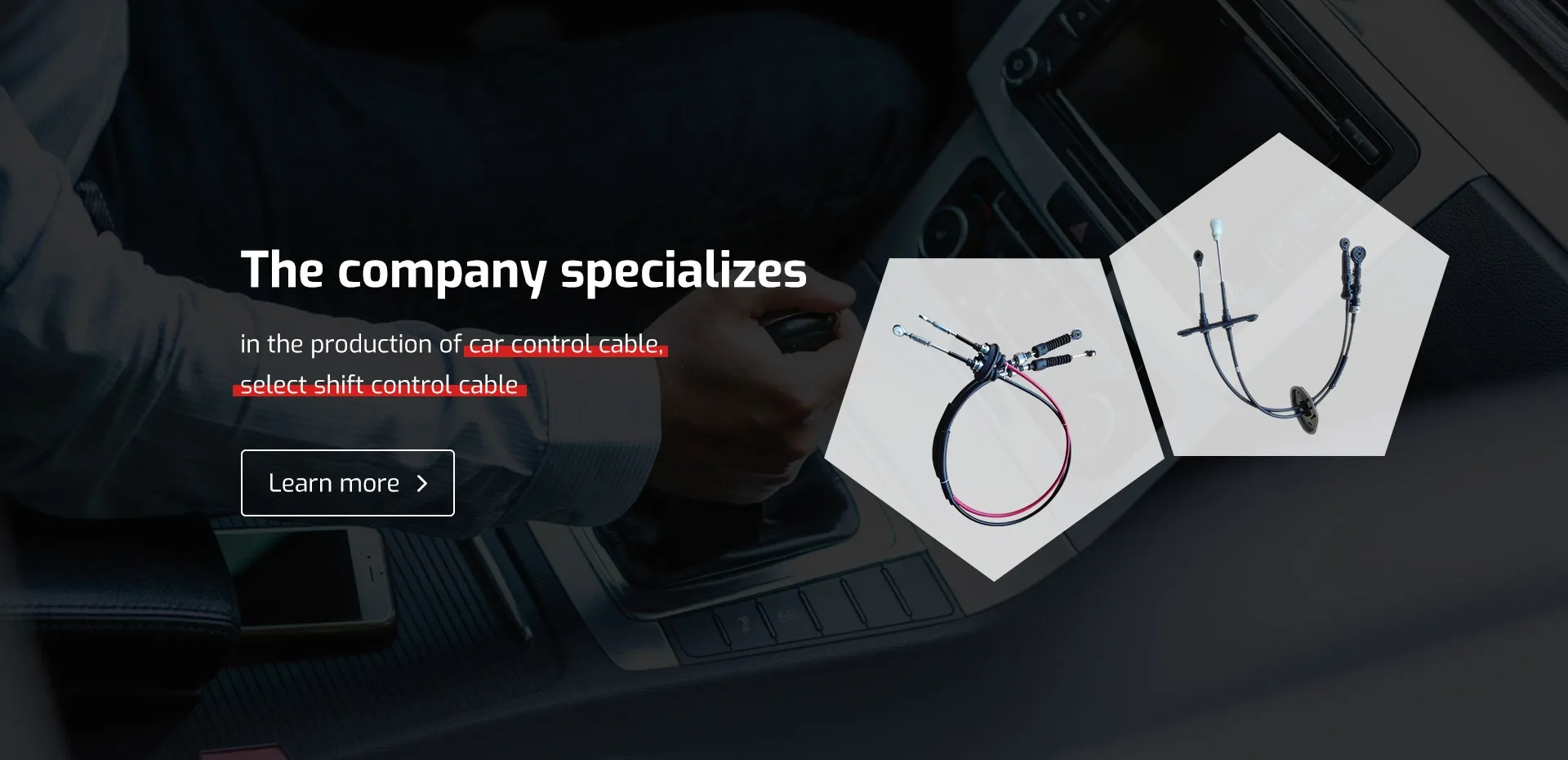Understanding the Importance of the Emergency Brake Line in Vehicle Safety
Understanding the Importance of E-Brake Lines
In the world of automotive engineering, there are numerous components that work together to ensure the safety and functionality of vehicles. One such component that often goes unnoticed until it is needed is the emergency brake line, commonly known as the e-brake line. This article delves into the significance of e-brake lines, their design, maintenance, and what every vehicle owner should know about them.
What is an E-Brake Line?
The e-brake line is part of the vehicle's emergency braking system. The e-brake, or parking brake, serves a critical function it prevents the vehicle from rolling when parked, especially on inclines. Unlike the primary braking system, which relies on hydraulic pressure generated by pressing the brake pedal, the e-brake system typically operates through a cable mechanism. The e-brake line connects the brake lever or pedal to the rear brakes, and when engaged, it pulls on the brake shoes or pads, applying friction to the rotors or drums and holding the vehicle in place.
Design and Functionality
E-brake lines are designed to withstand a significant amount of tension and wear. They are often constructed from high-strength materials, such as steel cables or reinforced polymers, to ensure durability and longevity. The e-brake system is generally simpler than the main braking system, making it easier to maintain and repair.
The basic functionality of the e-brake mechanism involves a simple lever or pedal that, when pulled or pressed, tightens the cable attached to the rear brakes. This creates the necessary friction to keep the vehicle stationary. In modern vehicles, many manufacturers have integrated more advanced systems, such as electronic parking brakes (EPB), which automate the application and release process, making it more user-friendly and reliable.
e brake line

The Importance of Maintenance
Like all mechanical systems, e-brake lines require regular maintenance to ensure proper functionality. Due to their location beneath the vehicle, they are exposed to harsh conditions such as moisture, salt, and debris, which can lead to corrosion or wear over time. Regular inspection of the e-brake line can help catch any issues before they escalate into more significant problems.
Vehicle owners should periodically check for signs of wear, such as fraying cables or kinks in the line. Additionally, the e-brake's effectiveness can be tested by engaging the brake while the vehicle is on a slight incline to confirm that it holds the vehicle in place securely. If the e-brake does not engage properly or feels loose, it may be time to consult a mechanic.
Conclusion
E-brake lines play a crucial role in ensuring the safety and reliability of a vehicle. Understanding their functionality and maintenance can empower vehicle owners to take proactive measures in keeping their vehicles safe. While the primary focus for many might be the hydraulic braking system, neglecting the e-brake line could lead to potential hazards, particularly when parking on inclines or during vehicle emergencies.
Maintaining the e-brake line is an essential part of vehicle ownership. Regular inspections, along with an understanding of the system's components and functions, can contribute significantly to overall automotive safety. Whether through personal knowledge or professional maintenance, ensuring that the e-brake line is in good condition should be a priority for every vehicle owner.
-
Workings of Clutch Pipe and Hose SystemsNewsJun.04,2025
-
The Inner Workings of Hand Brake Cable SystemsNewsJun.04,2025
-
The Secrets of Throttle and Accelerator CablesNewsJun.04,2025
-
The Hidden Lifeline of Your Transmission Gear Shift CablesNewsJun.04,2025
-
Demystifying Gear Cables and Shift LinkagesNewsJun.04,2025
-
Decoding Clutch Line Systems A Comprehensive GuideNewsJun.04,2025
